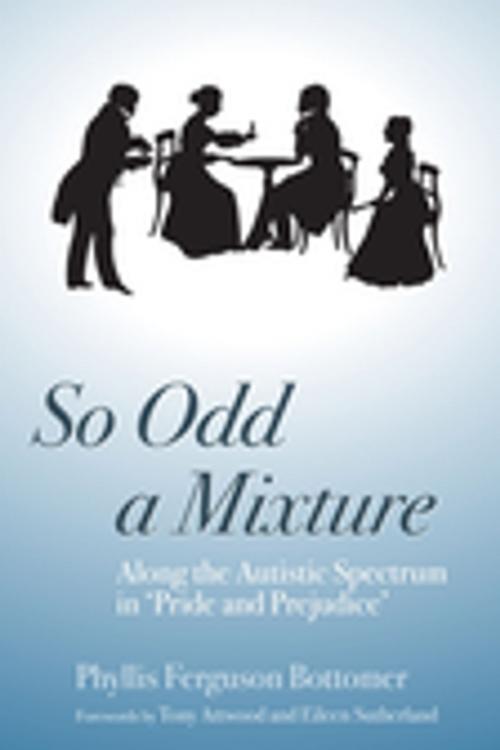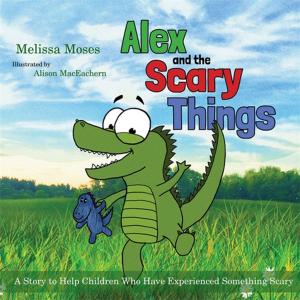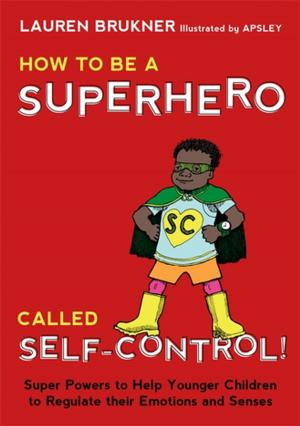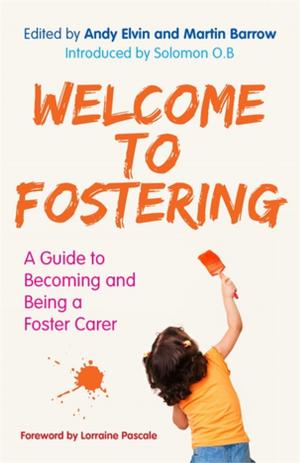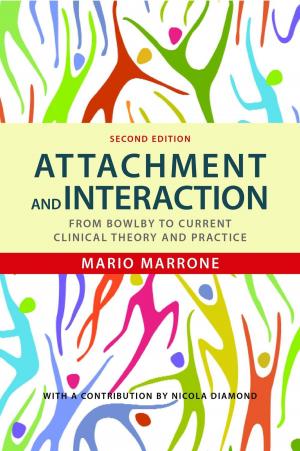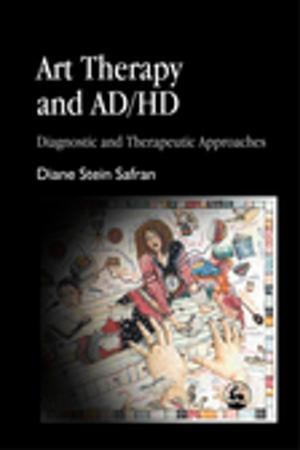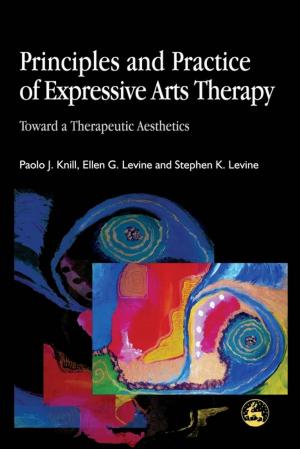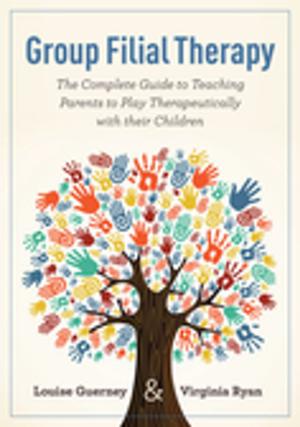So Odd a Mixture
Along the Autistic Spectrum in 'Pride and Prejudice'
Fiction & Literature, Literary Theory & Criticism, Women Authors, Nonfiction, Health & Well Being, Psychology, Developmental Psychology| Author: | Phyllis Ferguson-Bottomer | ISBN: | 9781846426544 |
| Publisher: | Jessica Kingsley Publishers | Publication: | May 15, 2007 |
| Imprint: | Jessica Kingsley Publishers | Language: | English |
| Author: | Phyllis Ferguson-Bottomer |
| ISBN: | 9781846426544 |
| Publisher: | Jessica Kingsley Publishers |
| Publication: | May 15, 2007 |
| Imprint: | Jessica Kingsley Publishers |
| Language: | English |
Autism was not a recognised disorder in Jane Austen's lifetime, nor for well over a century after her death. However there were certainly people who had autism, and Phyllis Ferguson Bottomer proposes that Austen wrote about them, without knowing what it was that she was describing.
So Odd a Mixture looks at eight seemingly diverse characters in Austen's classic novel, Pride and Prejudice, who display autistic traits. These characters - five in the Bennet family and three in the extended family of the Fitzwilliams - have fundamental difficulties with communication, empathy and theory of mind. Perhaps it is high-functioning autism or Asperger's Syndrome that provides an explanation for some characters' awkward behaviour at crowded balls, their frequent silences or their tendency to lapse into monologues rather than truly converse with others.
This fascinating book will provide food for thought for students and fans of Austen's classic novel, and for anyone interested in autism spectrum disorders.
Autism was not a recognised disorder in Jane Austen's lifetime, nor for well over a century after her death. However there were certainly people who had autism, and Phyllis Ferguson Bottomer proposes that Austen wrote about them, without knowing what it was that she was describing.
So Odd a Mixture looks at eight seemingly diverse characters in Austen's classic novel, Pride and Prejudice, who display autistic traits. These characters - five in the Bennet family and three in the extended family of the Fitzwilliams - have fundamental difficulties with communication, empathy and theory of mind. Perhaps it is high-functioning autism or Asperger's Syndrome that provides an explanation for some characters' awkward behaviour at crowded balls, their frequent silences or their tendency to lapse into monologues rather than truly converse with others.
This fascinating book will provide food for thought for students and fans of Austen's classic novel, and for anyone interested in autism spectrum disorders.
